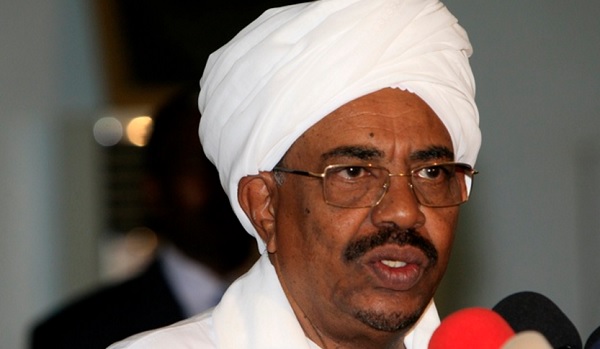
Khartoum, Sudan | AFP |
Global financial support for humanitarian work in conflict-riven Sudan is expected to drop this year despite improved aid access and the easing of US sanctions, the top UN aid official in the country said.
“Sudan is taking some very positive steps which are recognised, and… normally that would need to be recognised also by increased funding,” UN Resident and Humanitarian Coordinator for Sudan, Marta Ruedas, told AFP.
“Yet the surrounding financial environment is one where I’m afraid that it’s going to be rather a decrease in funding,” she said in an interview.
The expected decrease comes despite an improvement in access for aid deliveries to millions of impoverished people across Sudan, a factor in former US president Barack Obama’s decision to ease US sanctions last month.
“The easing of sanctions is a significant step towards generating a new relationship with more trust,” Ruedas said.
“The funders generally are having a more positive view of the evolving situation here” since the lifting of some economic sanctions, she said.
But “overall funding is going down for the United Nations, for humanitarian aid, for development aid.”
The United Nations raised more than 55 percent of a $952 million international appeal it launched to support Sudan in 2016 — a figure largely in line with expectations.
The 2016 humanitarian plan targeted 4.6 million people across the country, while this year they aim to reach around three million.
The United Nations is already considering pitching a lower aid appeal for 2017, Ruedas said, adding the final appeal was still being worked out.
Aid workers have for years complained that the Sudanese authorities and rebels fighting President Omar al-Bashir’s forces in Darfur, Blue Nile and South Kordofan blocked access to humanitarian assistance for hundreds of thousands of people in territories controlled by both sides.
– Cut in US funding? –
But Ruedas said this has now changed, with aid workers penetrating some of the worst war-affected parts of Darfur, although Blue Nile and South Kordofan still remained no-go areas.
Besides improved aid access, Obama had also noted a fall in “offensive military activity” in these conflict zones.
The United Nations says at least 300,000 people have been killed in Darfur alone since 2003 when ethnic African rebels rose up against Bashir’s Arab-dominated government.
Sudan, labelled a state sponsor of terrorism in 1993 by Washington, has been subject to a US trade embargo since 1997 over its alleged support for Islamist groups.
Funding concerns have also risen after reports that President Donald Trump’s administration was mulling a 40 percent cut in voluntary US funding for UN agencies.
“Any decrease in US funding to the UN and our humanitarian work in Sudan would have a significant impact on the millions of people in need across the country,” Ruedas said.
The United States is the largest donor to Sudan, with more than $270 million contributed in humanitarian assistance in 2016, and more than $1.7 billion since 2011.
Sudan still needs hundreds of millions of dollars in assistance, Ruedas said.
More than three million internally displaced people need help, she said, and malnutrition continues to be a major issue.
Natural calamities such as floods and ongoing conflicts in some areas put further pressure on aid agencies, she said.
Ruedas said she hoped aid workers would soon be able to operate in Blue Nile and South Kordofan.
“It’s a large population that has nutrition needs, that has health needs… and we have had no access,” she said.
“There has not been any immunisation taking place… so there’s absolutely the possibility of an epidemic taking place there.”
 The Independent Uganda: You get the Truth we Pay the Price
The Independent Uganda: You get the Truth we Pay the Price



